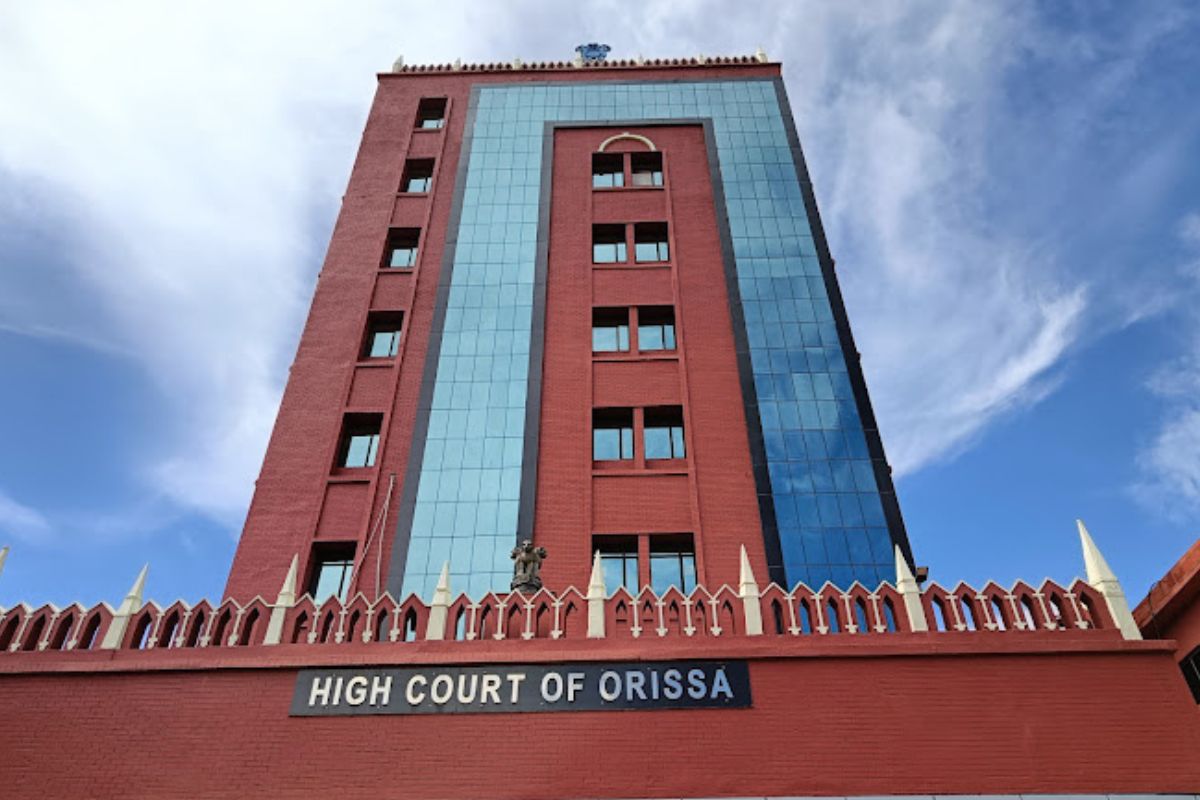The Orissa High Court on Thursday sought for a development of a dedicated web portal for making jail reforms programmes in the state accessible to the public besides uploading of success and reformative stories of prisoners.
A Division Bench of Chief Justice Chakradhari Sharan Singh and Justice Savitri Ratho taking note of recommendations made by Goutam Mishra, senior counsel appearing as Amicus Curiae, asked the Secretary, State Legal Services Authority, Orissa to consider developing a portal of the Orissa State Legal Services Authority so as to display relevant information by putting the same in public domain in relation to prison administration and the welfare of the prisoners in the light of the suggestions.
Advertisement
“We expect that the State Government shall not confine itself to the suggestions which have been made, rather since they have more exposure and better expertise, come out with a better portal than what has been suggested by Amicus Curiae and Mrinalini Padhi, counsel for the intervenor”, the Division Bench stated in an order.
It is also submitted that to inspire hope and highlight the effectiveness of the rehabilitation efforts, a dedicated section may be created on the portal for uploading details about successful reformative stories from various jails within Odisha.
These narratives would showcase individual inmates who have transformed their lives through vocational training, counseling, and various rehabilitation programs, the order said.
”By documenting these success stories, the initiative aims to not only celebrate the achievements of inmates but also to encourage others in similar situations to pursue positive change.
”Ultimately, such uploading of stories may inspire other prisoners to come back and re-integrate into the society and lead a normal life as before and reinforce the belief that change is possible for everyone,” the division bench mentioned in the order.
The details of vocational training programs in prisons may be systematically uploaded to the portal to enhance transparency and accessibility. This initiative may aim to provide an organised overview of the various training courses available for the inmates, participation rates, and outcomes. By documenting these details, prison authorities, mental health professionals, and advocates can better assess the effectiveness of the programs and identify areas for improvement.
Furthermore, the portal would serve as a valuable resource for inmates seeking to enhance their skills and prepare them for reintegration into the society, ultimately fostering a more rehabilitative environment within the prison system.
In order to ensure accountability and maintain standards within the prison system, relevant details regarding the number of surprise inspections conducted in various jails across Odisha may be uploaded to the portal concerned. This initiative aims to enhance transparency and oversight by providing real-time access to inspection records which would include dates, findings, and follow-up actions taken.
By making such data publicly accessible, government officials, human rights organisations, and the general public can better monitor the conditions within prisons and ensure compliance with stipulated regulations. This approach would not only promote accountability but would also foster a culture of continuous improvement in the management and operation of correctional facilities throughout the State of Odisha, the order noted.
This Court would like to know from the State Government as to whether they have any online system of teaching the prisoners, if not, whether it will be viable to consider introducing an effective system of teaching and training the prisoners, the Division Bench concluded.











